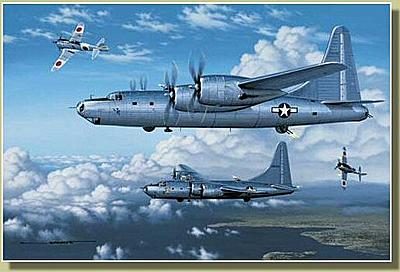On August 18, 1945, in a second day running of violations of the Potsdam cease fire, fighters of the Imperial Japanese Navy attacked American B-32 Dominator bombers on photo reconnaissance missions over the Tokyo area. During these attacks the last American serviceman to die in combat during World War 2 fell.

Stephen Harding’s book LAST TO DIE: a Defeated Empire, a Forgotten mission, and the Last American Killed in World War II describes in a prologue, seven numbered chapters and afterword, with index, bibliography and copious footnotes the ill-fated mission that lead to the death of Anthony James (Tony) Marchione, an Italian-American gunner-photographic assistant, over the skies of Japan.
The prologue sets up why Stephen Harding wrote the book, the first two chapters are biographies of Tony Marchione, how he came to his unit — the 386th Bombardment Group — for the mission, and a thumb nail history of the trouble plagued B-32 Dominator super-bomber’s development and combat history. The B-32 was a back up “Very Heavy Bomber” (VHB) to the B-29 Superfortress that USAF documents would not even admit was a “VHB” design post-war!
Chapters Three through Five are the set-up for and a description of the desperate fighting action that saw Tony Marchione killed by a 20mm shell while giving first aide to two other B-32 crewmen wounded in an earlier fighter attack on his B-32 plane, tail number 578.
Chapter Six focuses on General MacArthur’s wisdom in not launching immediate retaliatory strikes on the Japanese. Thus allowing The Emperor and his loyal retainers to shut down numerous mutinous air units, to include the IJN air bases where the fighters that killed Marchione were based.
Chapter Seven has the grim details of the notification of Tony Marchione’s next of kin and the mechanics of getting his personal effects, and eventually his body, to his small-town Pennsylvania home for final funeral services in 1948.
All in all I found the book satisfying both as story telling and as a foot-noted history. It has my strong buy recommendation.
How many post surrender rebellions were there after the Empire of Japan surrendered? I’ve never seen an accurate count.
TM Lutas,
There was not a good accounting at the time.
The Imperial Japanese Army in the Home Islands had all its air units grounded with propellers & guns removed by 17 Aug 1945.
It took two days more with the Home Island Imperial Japanese Navy air units.
It took longer still for the mutiny in the IJA South Seas Army to be put down via the Allies flying a relative of the Emperor to get the commanding General to order a stand down.
And Stephen Harding makes clear that many of those involved in mutiny destroyed the records of their actions for reasons of self-interest between 18 August and 2 September 1945.
I don’t know what to say. A key point of discussion on the morality of the atomic bomb is whether, absent that shocking new weapon, the Empire of Japan would have surrendered. The number of violent mutinies post surrender would seem to be a useful data point in evaluating that but nobody’s actually gone out and gotten an accurate count?
We’re so unserious on both sides.
T M Lutas,
No, the Truman Administration wasn’t “Un-serious”.
The Manila War Crimes trials lasted far longer than did the Nuremberg War Crimes trials to keep the threat of a Emperor Hirohito and his retainers going into the hangman’s noose if they failed to achieve a full and complete surrender of Japanese military forces.
Truman got the surrender he wanted and kept his end of the deal, letting the Emperor and his retainers live, unpunished.
This was blamed upon MacArthur in the history books.
Letting Hirohito live was actually Truman’s first move in the Cold War, not intervening in Greece.
The unserious nature of post-war histories of those events has to do with the American national security establishment hiding the results of the Japanese bio-war program from the Russians (failure) and the American public (successful).
Stephen Harding did a presentation on his book “Last to Die: A Defeated Empire, a Forgotten Mission, and the Last American Killed in World War II” for Politics and Prose Bookstore in Takoma Wash. on 24 Aug 2015.
Check it out.
===============
August 24, 2015
Book Discussion on Last to Die
Stephen Harding talked about his book, Last to Die: A Defeated Empire, a Forgotten Mission, and the Last American Killed in World War II, about U.S. Army Air Forces Sergeant Anthony J. Marchione, who died in Tokyo, Japan, three days after Japan announced its surrender at the end of World War II.
This was a Politics and Prose Bookstore and Coffeehouse @ Busboys and Poets Takoma event.
http://www.c-span.org/video/?327397-1/book-discussion-last-die
“the American national security establishment hiding the results of the Japanese bio-war program”
A friend of mine was an army pathologist in Korea. He told me that there was a major problem with hemorrhagic fever in Korea that affected US troops. They had many problems and heavy casualties from it. Later after the war, they learned that the Japanese, who have always had excellent medicine, studied the disease and knew a lot about it. The information was left classified and many of the medical guys were very unhappy about it. The Japanese study may have involved atrocities.